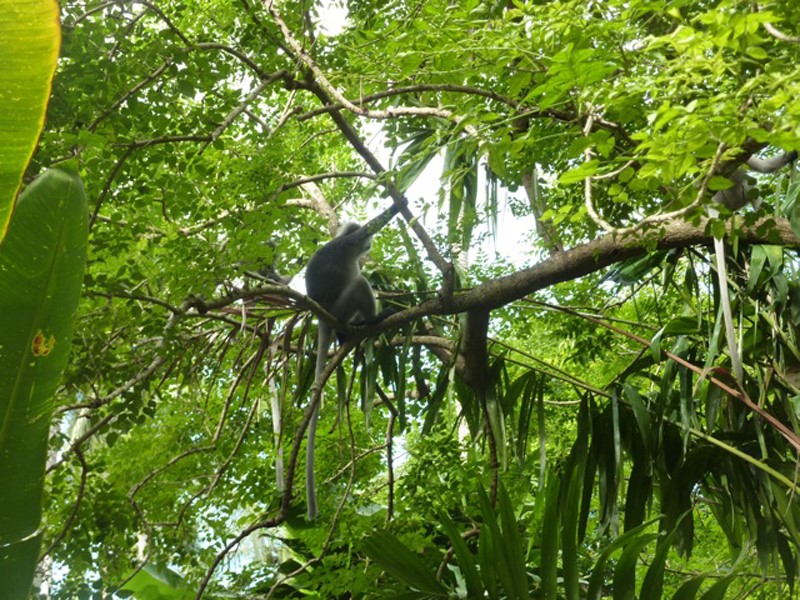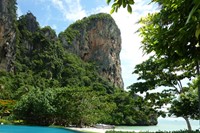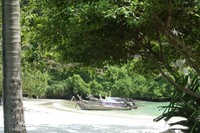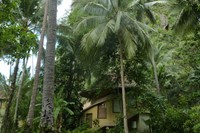On the eve of 'holiday month', we consider Railay, Thailand. A laid-back labyrinth of beaches, cliffs and islands a few hours over the water (or roundabout road trip) from its better-known and more outgoing neighbour Phuket...
Krabi district is a laid-back labyrinth of rainforested national parks, cliffs and islands a few hours over the water (or roundabout road trip) from its better-known and more outgoing neighbour in south Thailand, Phuket. Accessible only by sea, due to towering cliffs, the extraordinary world of Railay on the south-west is effectively an island, with no roads or cars, and three distinct beaches on each side – the east is a mangrove swamp used for docking, the west has bars, a few shops and most of the accommodation, while the Phra Nang Cave beach is the most tranquil and gazes out to a few islands dotted in the bright Andaman Sea.
At one end of this picture-perfect stretch of white sand is a cave that has long been employed as a kind of fertility shrine by local villagers, piled with carved and painted phalluses of every shape and size, surrounding an altar bedecked with a few particularly protuberant specimens. This plethora of penises are offerings to the Princess Goddess (Phra Nang herself), according to centuries-old legend an Indian princess who drowned offshore and whose ghost has lived in this cave ever since. Either that, or they’re an elaborate joke at travellers’ expense.
Rayavadee is the peninsula’s premier resort, a maze of two-storey guest huts disappearing into the jungle, apparently modelled on a traditional south Thai village. (That is, if south Thai villages have private jacuzzis behind some of their homes.) High-quality Thai fare is served at its restaurant overlooking the south beach, such as marinated beef wrapped in lemongrass leaf, and steamed sea bass with ginger. Impertinent grey monkeys and shyer lemurs live in the treetops of the hotel grounds, and as guests walk its network of paths, can sometimes be seen diving into the waterways to keep cool. Huge butterflies, monitor lizards and giant snails will also enliven any walk through the humid undergrowth, so dense that sunglasses steam up the second you step out of your hut. As a place, it’s both stylish and almost obscenely relaxing, and has understandably been a hit with luxury-conscious travellers.
Beyond the hotel, the west beach also has a number of other restaurants and places to stay, as well as a small parade of shops and bars, and places you can organise snorkelling and diving trips to nearby islands, such as Phi Phi Island (seen in the film The Beach), James Bond Island (seen in The Man With The Golden Gun) and Chicken Island (it looks like a chicken). A small path behind the shops leads deep into the jungle and a buzzing (literally, take plenty of mosquito repellant) backpack-land of smaller hotels, with a few laidback café shacks and small village beneath a cliff with a Muay Thai boxing ring and diamond cave, where you can lose yourself for a few humid hours.
One word of warning: in peak season, the very isolation of these beaches makes them popular with boatloads of day-trippers and word is that they can get busy. Railay is a magical place, best not just left to the rock-climbers drawn to its majestic cliffs – while you won't find the party vibe of some of Thailand’s other hot spots, you will remember why people traveled to this incredible country in the first place.
Text by Rod Stanley
Rod Stanley is the editor of Dazed and Confused.



